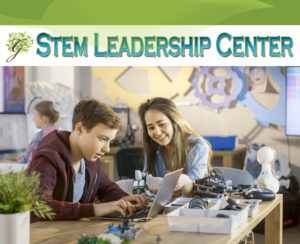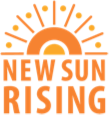 Given the choice of a completing an assignment to make a real world impact or writing an assignment that will be thrown away, what would you choose? Students in my Global and Cultural Perspective’s class are struggling with this question as reach into the into the vast stores of recent academic research at Duquesne’s extensive database holdings. Their assignment is to demonstrate they can find, read, comprehend, and communicate the main points of research happening on the edges of theological academic pursuits. Their choice: communicate that information to me in a thousand word essay (I will read, grade, and throw away) or edit a Wikipedia article to reflect the insights of the academic researcher there are studying. What would you choose?
Given the choice of a completing an assignment to make a real world impact or writing an assignment that will be thrown away, what would you choose? Students in my Global and Cultural Perspective’s class are struggling with this question as reach into the into the vast stores of recent academic research at Duquesne’s extensive database holdings. Their assignment is to demonstrate they can find, read, comprehend, and communicate the main points of research happening on the edges of theological academic pursuits. Their choice: communicate that information to me in a thousand word essay (I will read, grade, and throw away) or edit a Wikipedia article to reflect the insights of the academic researcher there are studying. What would you choose?
A local CEO spoke at the recent STEM summit of his experiences hiring a high school intern. His company, 4Moms, is a small engineering start-up that creates technology integrated baby supplies such as strollers, playpens and bouncy seats. A high school student asked about the possibility of an internship and was willing to make sacrifices in time and effort to be sure his time with the company would be an asset resource and not an asset drain. The student volunteered to come in full time for two weeks at the end of summer and learn their CAD software systems so that his internship, only a semester, provided them with the a real problem solved and a chance to advance their business plan. His exercises in CAD software produced an integral component for one of their new products and a worthwhile portfolio addition that points to real world applications of what he designed.
Even as young as 3rd grade, students can make real contributions to the world. Isabella Kelm wrote a  children’s book about dolphins, and mermaids, and Sparkle Lakes but also the Gulf Oil Spill and the great work of Dolphin Smart to protect the wild dolphins in coastal waterways. She was just one of six third grade research fellows at Baden Academy Media Lab who produced documentaries, created video games to teach math, snake sculptures to raffle for endangered snake research and rescue efforts, and robotic adventures that educated and built community through humor.
children’s book about dolphins, and mermaids, and Sparkle Lakes but also the Gulf Oil Spill and the great work of Dolphin Smart to protect the wild dolphins in coastal waterways. She was just one of six third grade research fellows at Baden Academy Media Lab who produced documentaries, created video games to teach math, snake sculptures to raffle for endangered snake research and rescue efforts, and robotic adventures that educated and built community through humor.
Calista Frederick-Jaskiewicz, sixteen year old CEO of Origami Salami, a STEAM learning website and outreach has helped establish thirteen student-powered chapters of Folding for Good in the USA, Australia, & the Philippines inspiring the world to use the mathematics of origami paper bending to Fold for Good. Her exhibit of some of our 10,000 Cranes for Sandy Hook School is set for October 2013 at the Carnegie Science Center in Pittsburgh, PA.
What change does your child want to make in the world? What change do you want to make in the world? I am available as an education consultant for families, home school networks, school districts, and after school youth engagement centers seeking to incorporate project based learned with real world impact. To begin discussion of your family or organization’s needs, email Ellen at [email protected].




1 pings
[…] Creating Projects with Real World Impact: Becoming a Resource to the World. […]